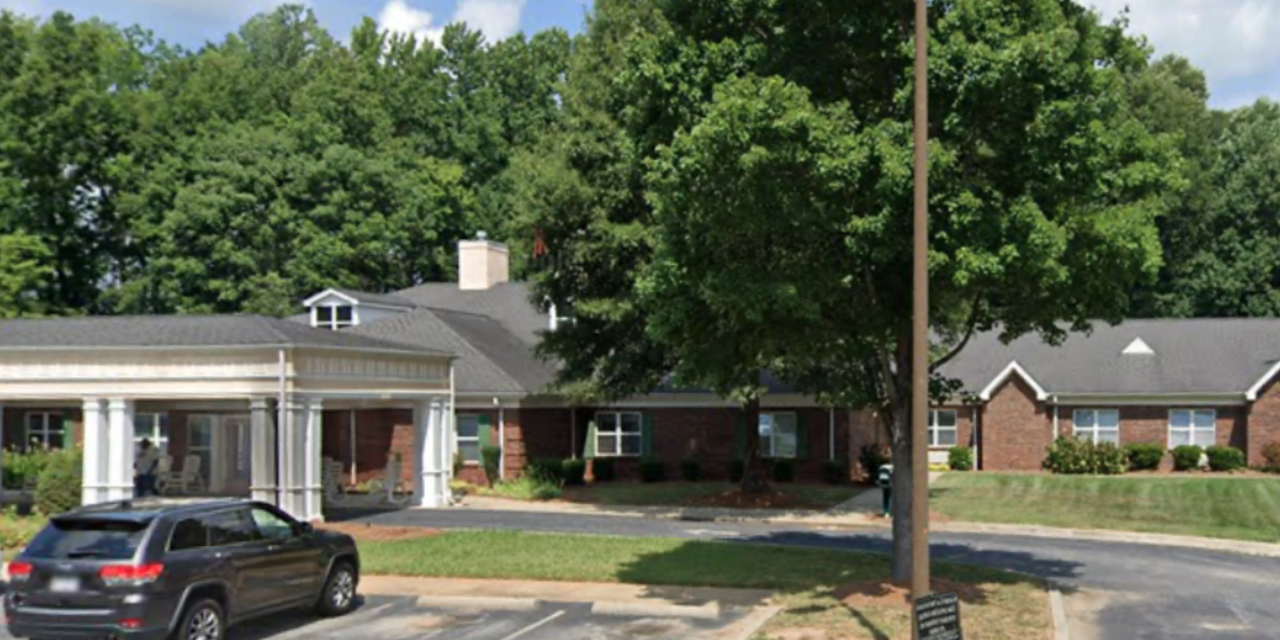On Thursday, Feb. 6, the Guilford County Board of Commissioners took a major step in battling homelessness in the county. They did so by giving final approval for a project with a total price tag of over $8 million – turning the former nursing home into a place where those recovering from substance abuse can get help.
Until about 6 years ago, the Guilford County Board of Commissioners hardly ever even mentioned the homeless problem – not because they didn’t care, but because it was an issue that was considered to be under the domain of the cities, the collective non-profits and other agencies designed to address the issue.
However, that has changed radically and now Guilford County government is attempting to address the problem of homelessness head-on. The change happened when the board was run by Republican commissioners – the issue was a great concern to former Guilford County Commissioner Jeff Phillips, who was also a former chairman.
Current Chairman of the Board of Commissioners Skip Alston has in recent years said that tackling the problem of homelessness is now one of the county’s top priorities.
The county’s strategy is aimed at getting toward the root causes of homelessness – such as substance abuse.
There was significant evidence of that strategy at the commissioners’ Thursday, Feb. 6 meeting when the board unanimously approved an amendment of a design-build contract with Blum Construction of just over $4.5 million for the Lees Chapel Residential Treatment Center project.
The renovation of the facility is scheduled to begin with demolition and construction activities in February and continue through September with the goal of completing the center by the end of 2025.
The Lees Chapel Residential Treatment Center is only one part of Guilford County’s plan to offer more behavioral health services to county residents – especially those recovering from substance abuse and experiencing “housing insecurity.”
Guilford County already has a variety of services and providers including overdose treatment offered by Emergency Medical Services, a program called GCSTOP, which stands for Guilford County Solution to the Opioid Problem, and crisis services and short-term, facility-based recovery at the Guilford County Behavioral Health Center.
With the coming 54-bed facility, the county will offer mid- and long-term residential recovery services as well as access to Medication Assisted Treatment.
Blum, the company handling the project, completed the design and bid processes required to establish the approved contract.
A lot of the work involves legally required renovations to allow treating those with substance abuse issues at the facility.
Some of the planned renovations are a new standby generator, roof replacement, new windows, better and newer lighting, new flooring, a new HVAC system, a paint job for the interior, and room and space renovations made to support the treatment center’s operational needs.
Also included in that price, the motion approved by the Board of Commissioners included the county to supply items needed like furniture and technology items.
With everything included, the center’s total renovation price tag is estimated to be $5,451,014. The good news is that this is one project that someone other than Guilford County taxpayers is funding: The project is being paid for by opioid settlement funds the county won as part of a nationwide lawsuit against opioid manufacturers and distributors.
Guilford County purchased the vacant building at 1411 Lees Chapel Road two years ago with $3.4 million in the American Rescue Plan Act. When you add it all up, it is approaching $9 million.
Alston said this week that the county is very excited about moving forward with the Lees Chapel Residential Treatment Center.
“This facility is a game-changer for behavioral health services in our community,” he said. “It’s about giving folks who are battling addiction a real chance at recovery with the long-term support they need.”
Alston added that addiction doesn’t discriminate — it affects people from all walks of life, he said, including those struggling with homelessness.
The chairman also said that creating “a safe, stable environment where people can rebuild their lives and find independence” is a key ingredient to building a healthier Guilford County for everyone.

